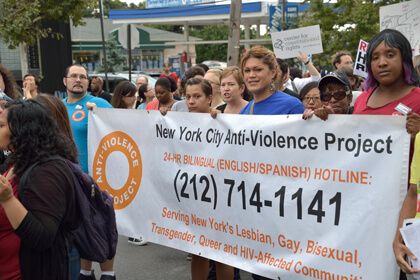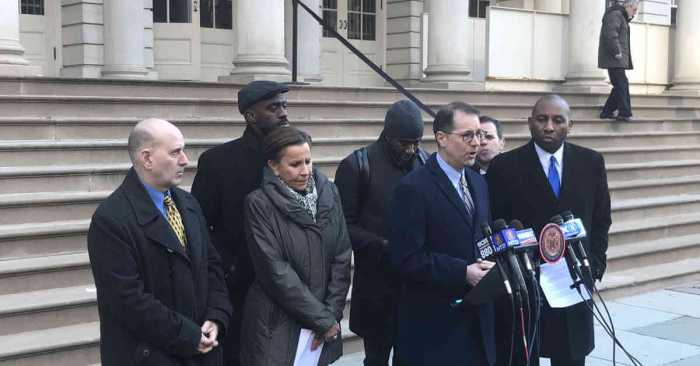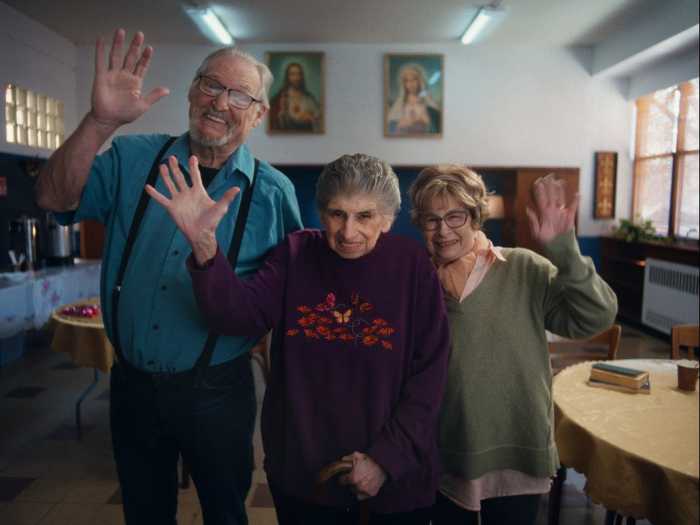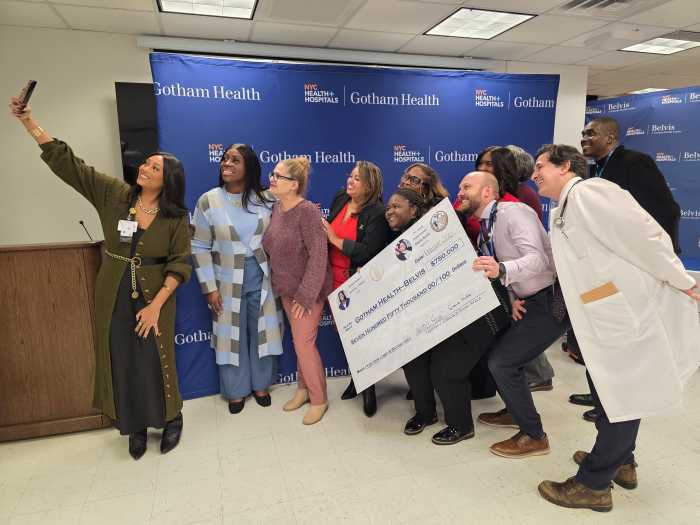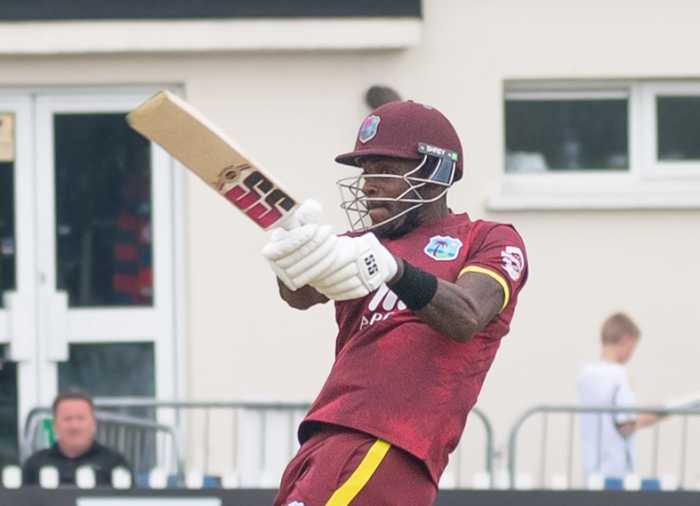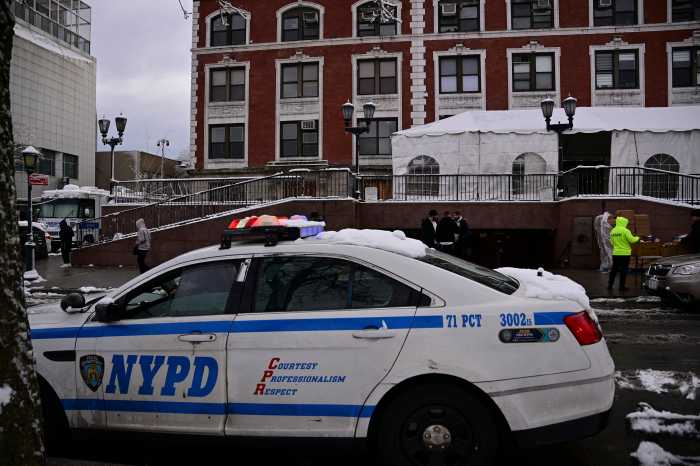Members of FIERCE marching in Staten Island. | DONNA ACETO
Even before it began, the media was suggesting that the August 23 rally in Staten Island to protest the death of Eric Garner in a police chokehold on July 17 would bring trouble, presumably a repeat of the images witnessed earlier in the week in Ferguson, Missouri.
A flier from the Staten Island Chamber of Commerce sent to North Shore business owners went so far as to warn that since “there is no guarantee that everyone in attendance will act sensibly,” precautionary measures should be utilized.
Some storeowners concurred and shuttered down like there was a tsunami on the way.
But their fears, said T. Elzora Cleveland, an African-American mother of three taking the Staten Island Ferry over from Manhattan, were unfounded.
She was deeply offended by the actions of the Chamber of Commerce, which, she said, need not be so concerned “because a bunch of black people are coming.”
LGBT groups join call to weed out “bad apples,” promote more just policing
Alarmist fears weren’t the only issues on her mind, though. The practice of “stop and frisk” and the “broken windows” policing strategy — which brought Garner to the attention of the New York Police Department in the first place — she feels, need to be reformed.
While she sees stop and frisk as necessary, the NYPD should target legitimate criminals, she said, not simply members of the black and Latino community, who made up the vast majority of the nearly 700,000 New Yorkers stopped by the police in 2011.
“Reasonable cause is not because a gentleman was exiting the subway station and was heading for his home,” she said.
Mayor Bill de Blasio has scaled back stop and frisk significantly from its prior level under former Mayor Michael Bloomberg.
Considering what has happened to others like Garner, who was targeted for arrest for allegedly selling illegal cigarettes, she wants her two sons, currently away in college, not to return home.
“I don’t think coming back to a neighborhood where I live is going to be best for them because they are instantly the target of constant police stops because they are African-American males,” she said.
Cleveland said that history and aggressive mayoral strategies over the past 20 years play a role in explaining why blacks and Latinos have been the target of such police policies. But she also faulted what she called the disconnect between community members and white cops from far-off suburbs.
Despite the dire warnings, the Saturday protest along Bay Street, which got off to a late start around midday, was peaceful, with no arrests. It drew several thousand people calling for the prosecution of the police officers involved in Garner’s fatal arrest and chanting “No Justice! No Peace!” and “I Can’t Breathe.”
Led by the Reverend Al Sharpton, the protesters promised not to stop until a systematic overhaul of police practices is achieved. The event drew support from city councilmembers as well as Congressmen Jose E. Serrano, from the Bronx, and Hakeem Jeffries, from Brooklyn.
Former Governor David Paterson with Kadiatou Diallo, whose son Amadou was shot to death by police in the Bronx in 1999. | DONNA ACETO
Former Governor David Paterson also made an appearance, listing the names of the many African-Americans who have died at the hands of the police. In 1942, he said, his father, Basil, was pistol-whipped by the police. The elder Paterson, who died earlier this year, went on to become a state senator, deputy mayor, and an unsuccessful Democratic lieutenant governor candidate.
The crowd included LGBT contingencies from groups including the New York City Anti-Violence Project and FIERCE, a membership-based organization that advocates on behalf of youth of color. Studies, statistics, and widespread anecdotal evidence have shown that the queer community, particularly young people of color and transgender women, are often targeted by stop and frisk and broken windows policing.
Sharpton reminded everyone that while nearly 25 years have passed since he was stabbed in a rally in Bensonhurst in 1991 while protesting the murder of Yusuf Hawkins, a black youth slain by a white mob, the fight for social justice is far from over.
Sharpton was joined onstage by Gwen Carr, Garner’s mother, who said she was “overwhelmed” by the size of the crowd, and Kadiatou Diallo, the mother of Amadou Diallo, who was killed in a 1999 shooting by four New York City police officers in the Bronx.
The police officers involved in her son’s death “did wrong” and “need to be punished,” Carr said, tearfully.
Echoing Sharpton, she stressed that the rally was not a condemnation of the NYPD, but a call for systematic change.
Capturing the mood of the crowd, which replied with resounding cheers and applause, Sharpton thundered, “If you have a bag of apples and there is a rotten apple in the bag, the only way to protect the other apples is to take the bad apple out. Most police do their jobs, but those who break the law must be punished.”
How responsive the current mayor will be to calls for a systemic overhaul remains to be seen. Congressman Jeffries, for one, was both insistent and hopeful.
“Broken windows,” the policy that targets low-level violations in order to curb more serious crimes, “has to be revisited,” he said.
The theory, going back to the 1980s, has come under fire from critics who say the approach unfairly targets minorities for minor offenses. However, de Blasio and Police Commissioner Bill Bratton continue to support the policy.
The New York City Anti-Violence Project joined the August 23 protest in Staten Island. | DONNA ACETO
Jeffries and six other members of New York’s congressional delegation are calling for a Department of Justice probe to determine whether “the deployment of that strategy largely in communities of color violated the civil rights of black and Latino individuals in the City of New York.”
“When you are going to enforce nuisance crimes,” Jeffries said, “you can’t look at a nuisance crime and say it’s acceptable in one community and unacceptable in another community, when the dividing line is race.”
Similar to the comments of anxious mom Cleveland on the ferry, Jeffries called for a “more sophisticated approach” that targets the handful of individuals who are responsible for the overwhelming amount of crime in black and Latino communities.
“Hopefully, the mayor and the police department will move in that direction,” he said.
Considering Mayor de Blasio is showing continued support for broken windows, can considerable change occur? The times have changed, and so has City Hall, Jeffries said.
“This is a better conversation to be having with Bill de Blasio than Mayor Bloomberg or Rudolph Giuliani,” he said. “So, I remain confident this administration is willing to listen and perhaps to reform the practices of the NYPD.”

